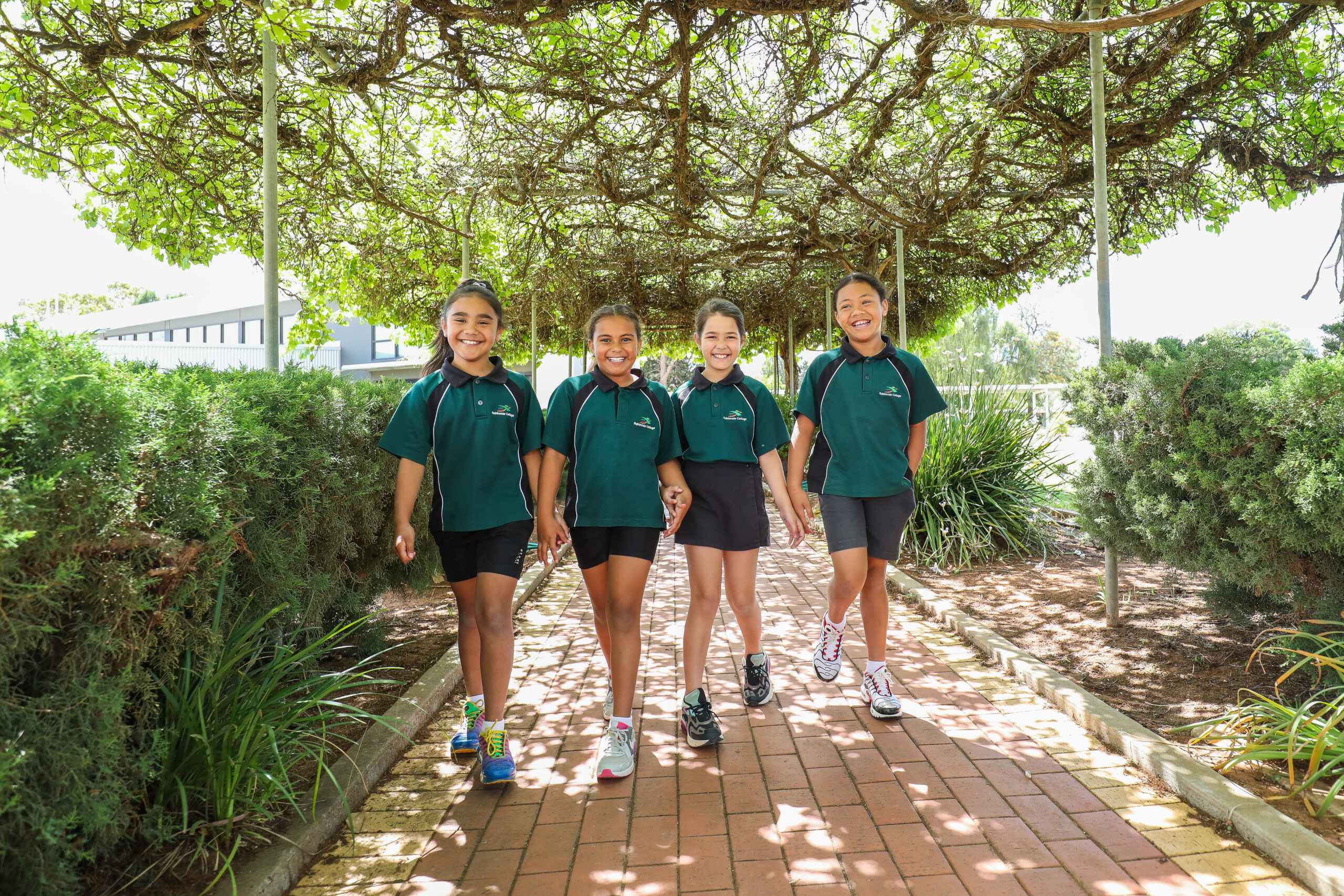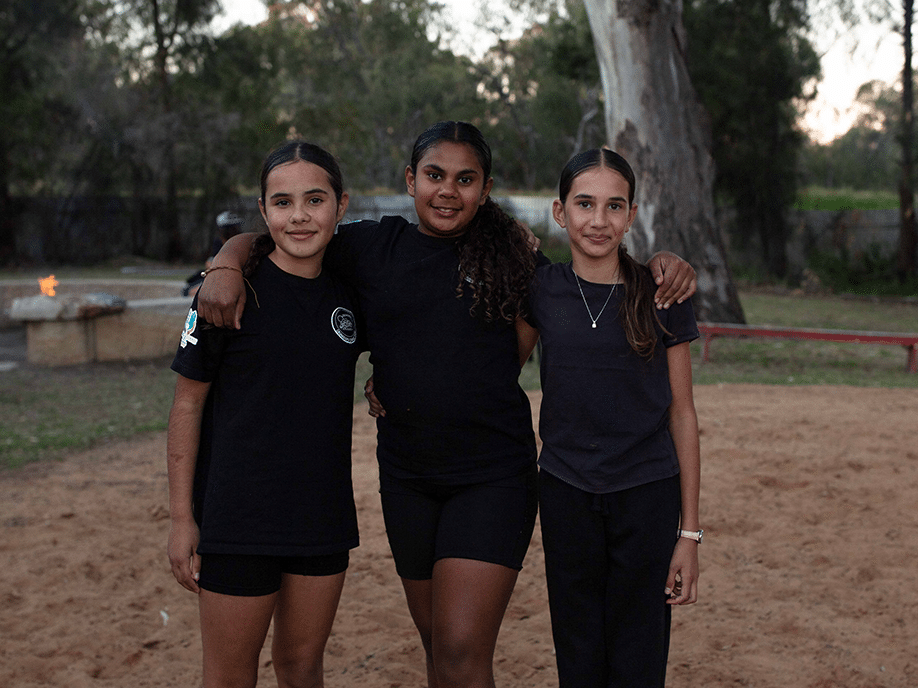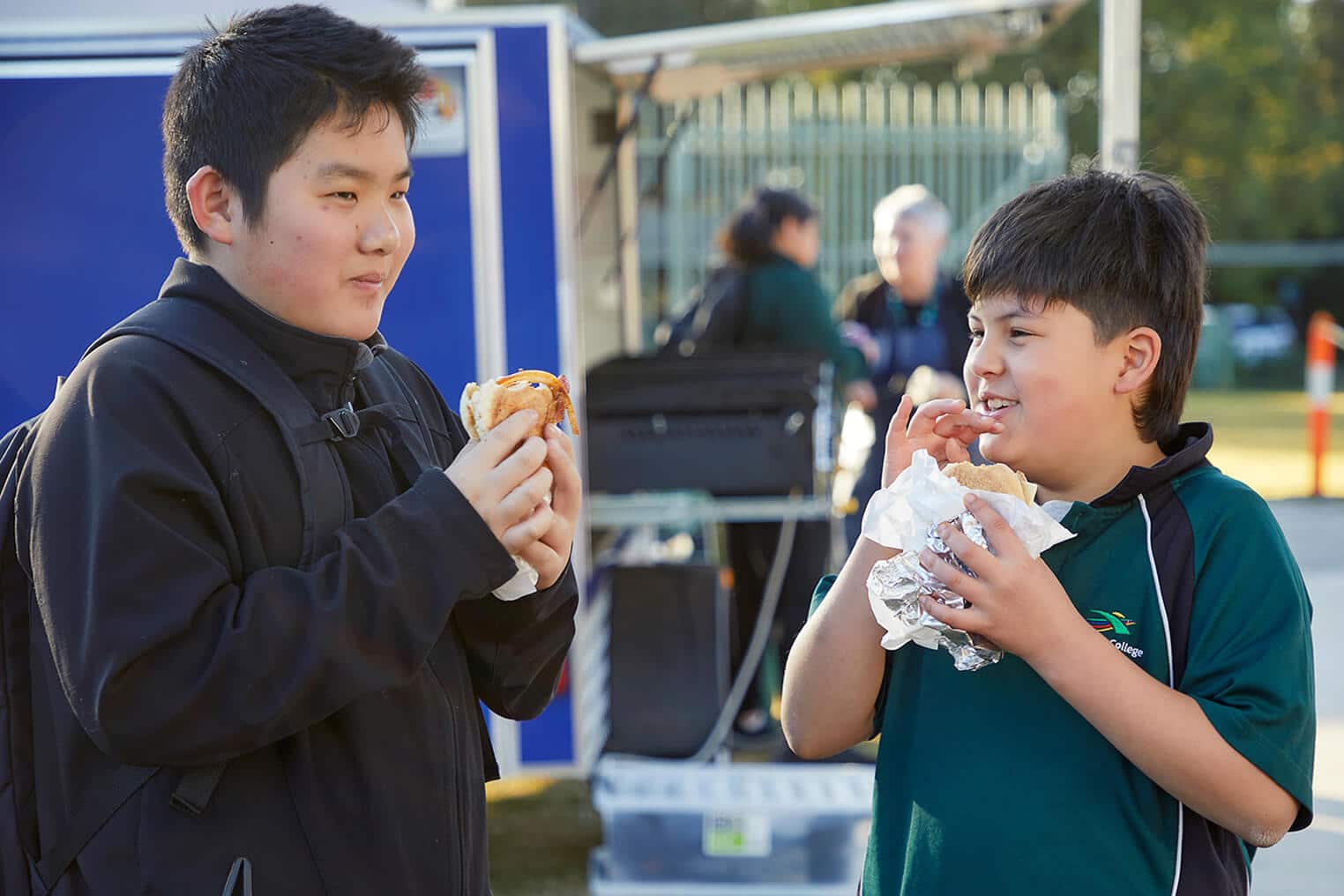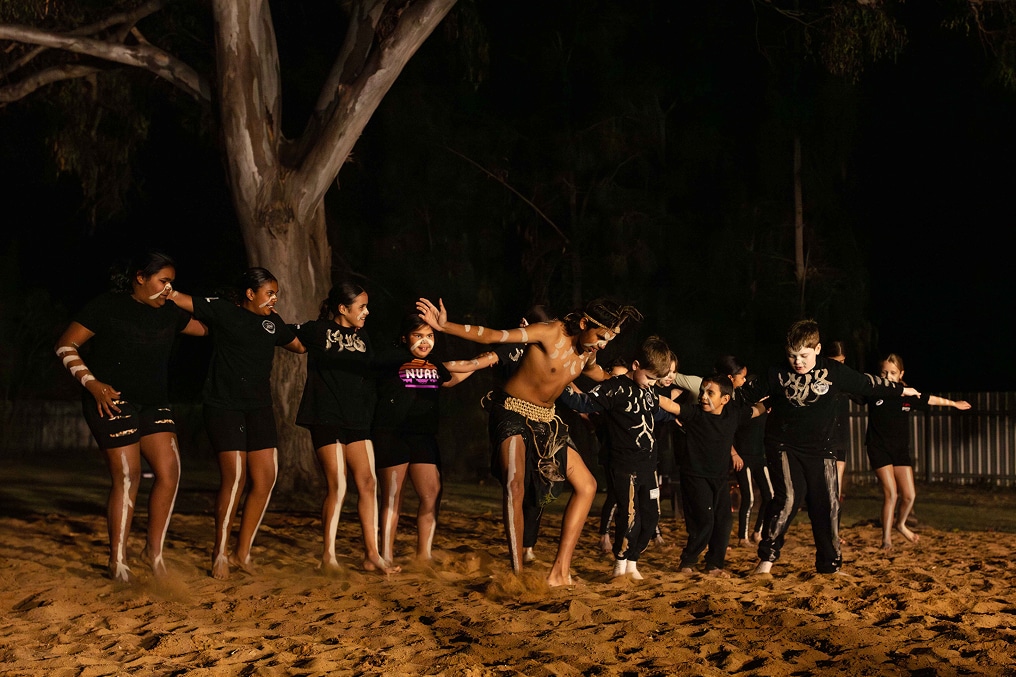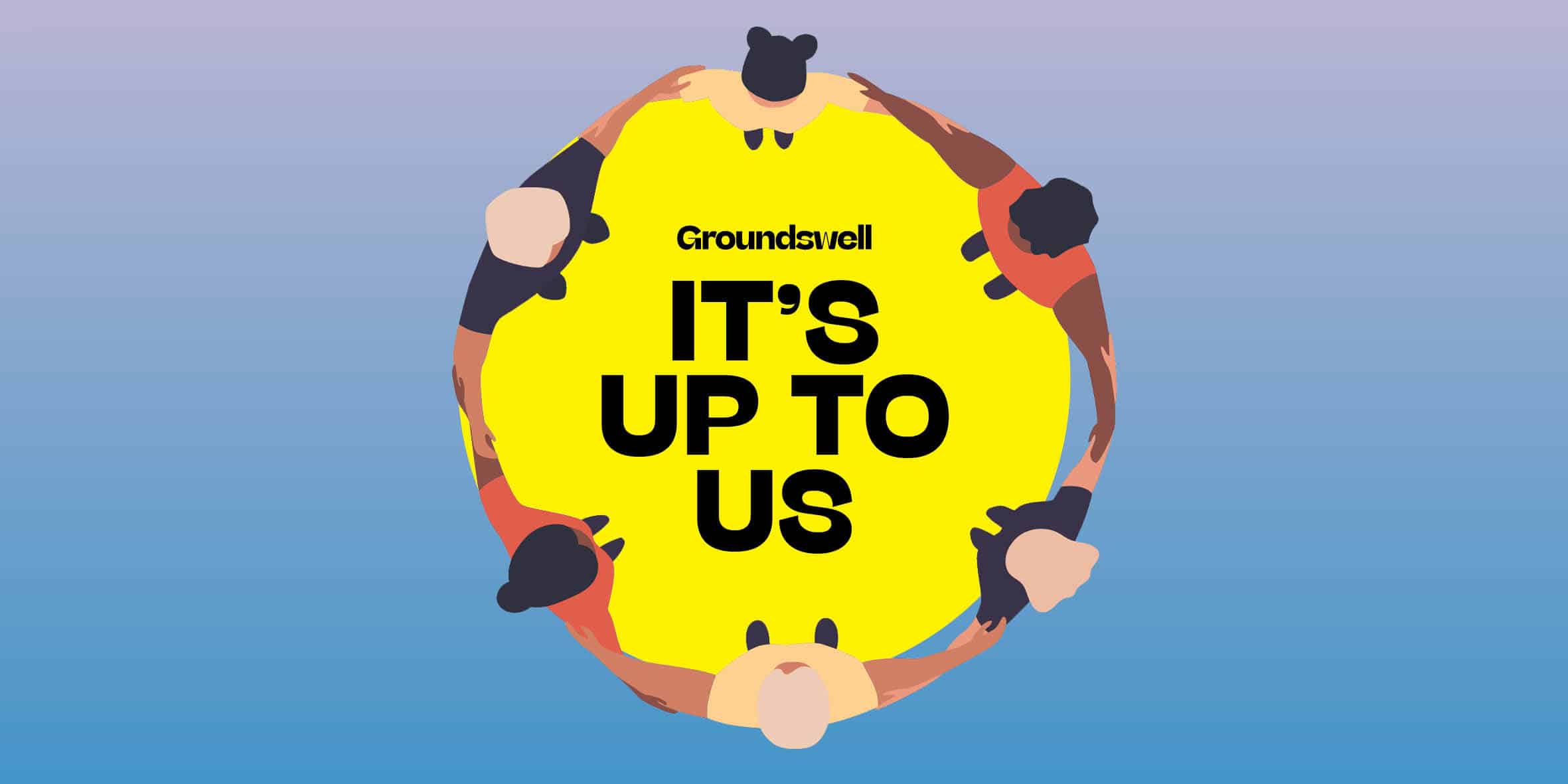Understanding what it takes to build long-term partnerships that share power and resources is essential for making sustained change for Australian children and families.
Our Place published ‘What it means to walk alongside: Exploring the Our Place partnership’ in 2019. That paper explored the creation of the landmark partnership that had been established with the Victorian Department of Education, what it took to establish the formal Partnership, the governance arrangements, and the ways of working that were encapsulated in the original agreement.
In 2023, with more than 5 years of experience and learnings from the Partnership and implementation in nine diverse communities, Our Place has developed Walking alongside – revisited as the next chapter in their Walking Alongside series.
We spoke with Our Place CEO, Sean Cory to learn more.
Why was it time to revisit the story of your partnership with the Victorian Government?
The first paper was written pre-covid and we’ve come such a long way since. One of the more important changes is that we now have a different governance structure. We’ve moved from a structure that involved only the Department of Education to one that now also includes an Inter-Departmental Committee. Having other Government Departments involved better reflects our holistic approach. We’ve learned a lot more and we are keen to share that, see others learn from it and apply it to their work where it makes sense.
What have you had to learn to do most differently in partnership?
I think we’ve learned to appreciate the challenges that government face in the way they work and to find ways to collaborate within their ways of working rather than a tendency to disregard what they deal with. Essentially this partnership is 100% of our work but for them might be less than 5% of their work. We’re aware of, and truly appreciate, the goodwill and commitment they have in their support of our work.
What do you think government has had to learn to do most differently in partnership?
Where we’ve worked well, they’ve come to recognise that some of the expectations they have around the way they usually do things shouldn’t automatically apply to this work, that we’re trying to do something different, and it requires a different way. A bit of letting go and being more open to recognising that in this partnership we try different things and find middle ground around how the work is done, managed, and reported on.
What narratives do you think this story of your partnership challenge?
Firstly, that it is possible for government and philanthropy to work effectively together, and each has a lot to bring to the table, that there is value in joining those different strengths and attributes. Neither one of us could achieve this alone. There is real benefit in partnering in this way, real value, and lessons for both sides.
The other narrative it challenges is that to create real change you have to spend a lot of additional money that the system can’t afford. One of the things we’re really keen to share is that by partnering with existing services already funded within the system and helping them work in ways that better support children and families, isn’t a huge additional cost. The cost is in the effort of all the people and organisations already involved to work differently, and overcome issues that get in the way of collaboration – that is a real commitment but does not require significant new costs and resourcing. The investment is relatively small to the overall cost of the current system that has failed to change outcomes for children, families, and communities experiencing disadvantage.
Download the report to read seven pieces of advice for anyone seeking to partner well and to walk alongside each other on the path to systems change.
